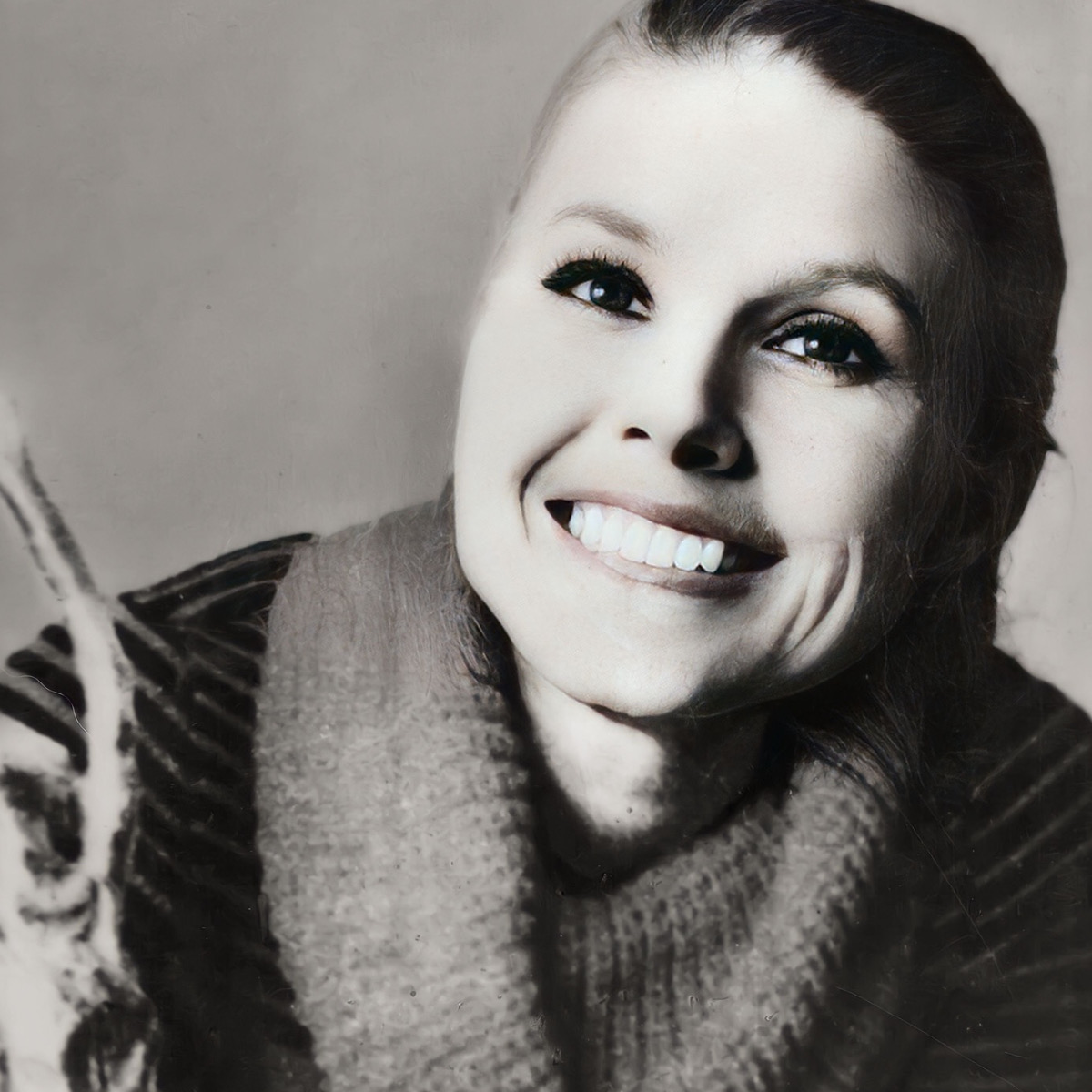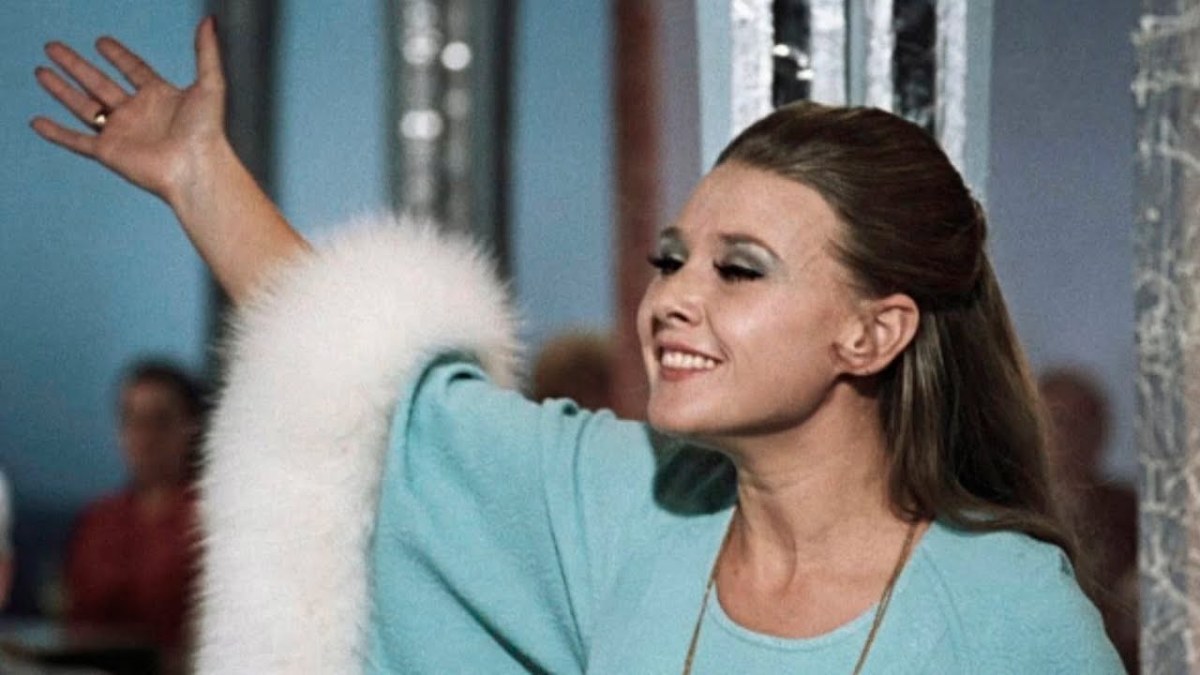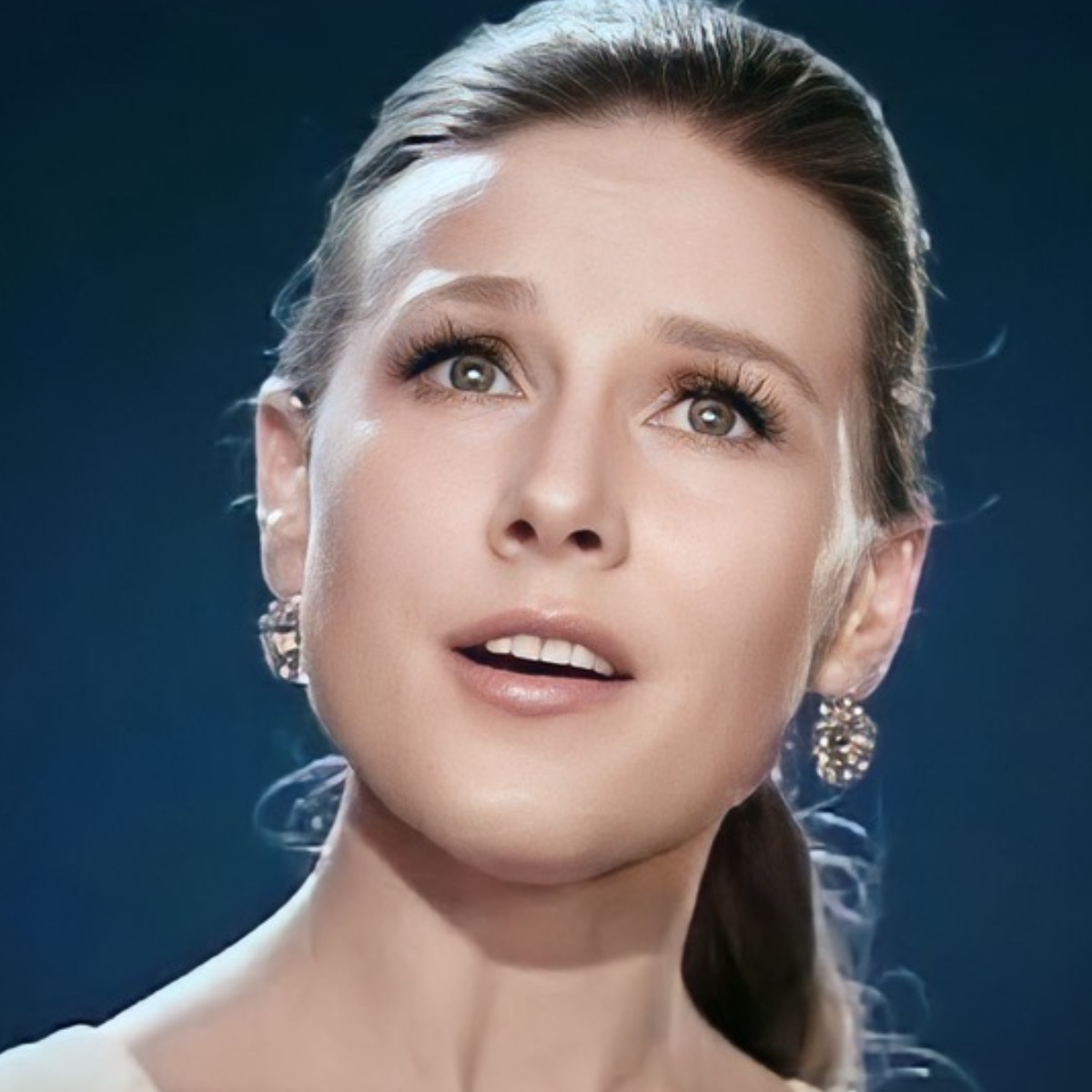The hit parade of Pakhomenko's best songs: it was difficult, but we selected the best ones
Содержание
Maria Pakhomenko - legend Soviet A pop singer whose name is known and loved by millions of listeners. Her voice was heard on radio and television, her songs were sung in homes and on the streets, her photos adorned the covers of magazines.
Maria Pakhomenko was born in Leningrad, Russia. 1937 year, during the years of Stalin's repressions. My parents were resettled from Belarus to the Northern Capital, where they worked in factories and mills. Maria was one of the four children in a family that lived in a cramped communal flat. Since childhood, she loved to sing and listen to music, but never dreamed of the stage. Who would have thought that her dreams would actually come true.
One of the best voices of the USSR
Masha Pakhomenko became a star of Soviet pop music, who won the hearts of millions of listeners with her inimitable in a voice and charisma. Her songs were not mere pieces of music, but true manifestations of the soul that lived in it. Now it is part of our history and our culture.

Our article is about songs Pakhomenko. They are all very different, but they have something in common - they have an incredibly deep meaning.
Let's take a look back at the big hits
As a very young girl studentMaria was noticed and invited to join the amateur art organisation, a special organisation that supported and developed the creative talents of workers and students. There she received professional education, learnt to play guitar and piano, and mastered different genres and styles of music.

As a result, her repertoire was vast and varied - from folk songs to jazz, from romance to rock 'n' roll. She sang about love and friendship, about homeland and peace, about joy and grief. She sang for everyone and for each.
There's no better colour
There are songs that do not grow old, but only acquire new shades and meanings. One of them is "There's No Better Light", which sounds the same these days fresh and heartfelt, as in the distant past. 1946 the year it was created.
But the story of this song began even earlier, during the most difficult years of the Great Patriotic War wars. Then the poet Mikhail Isakovsky wrote lyrical poems about love, fidelity, and the hope of meeting a loved one. After the war, Isakovsky reworked his verses into a poem and addressed the composer Matvey Blanter asking him to write music to his words. Blanter was known as the author of many popular songssuch as "Katyusha", "Smuglyanka", "In the Dugout" and others. He created a simple and memorable melody with a folk motif.
The first performer of the song was Zoya Rozhdestvenskaya - soloist of the Soviet Army Song and Dance Ensemble. But the real discovery for this song was Maria Pakhomenkowith a unique voice and charisma. She took this song into her repertoire at the end of the programme 1960-х and made it her trademark. Her performance was emotional and expressive, she conveyed all the nuances of the text and music and gave the listeners joy and delight.
The girls are standing there

В 1966 The year Maria had the unique opportunity to record her first gramophone minion record, which was dedicated to the composer's songs Alexandra Kolker. On this record there was four songs, but one of them was special. It was the song "The Girls Are Standing", which Kolker wrote to the words of the poet Leonid Derbenev.
This song was close to and clear to many Soviet people who lived through the war and knew what separation and longing were like. She was cheerful and optimistic, giving a hope and faith that everything will be all right. Maria Pakhomenko performed this song with such joy and energy that it immediately fell into the soul of the listeners.
Love will remain
В 1974 year Pakhomenko recorded a song that became one of her most poignant and memorable. It was written by the composer Valery Gavrilin to the words of the poet Alexander Gorodnitsky.
The song "Love Will Stay" was an unusual and deepIt was about how one looks at one's life and accepts it as it is. It was neither joyful nor sad, but rather wise and philosophical. She said that life is a road with light and dark streaks, but the main thing is to go forward and try not to regret the years passed:
"I wish those years would come back again,
Only in the heart will the sweet pain echo."
Hey, whoa, whoa, whoa, whoa, whoa, whoa, whoa, whoa, whoa.
This song was recorded in the middle of nineteenth century composer Milij Balakirevwho collected and published Russian folk songs. He heard this song from Nikolai AleynikovBalakirev made a musical arrangement of the song and published it in his collection. Balakirev made a musical arrangement of the song and published it in his collection in 1866 year.
The composition "Hey, uhnem" became famous and favourite thanks to the great Russian opera singer To Fyodor Chaliapinwho performed it with inimitable skill and charisma. But he was not the only one who could perform this song with dignity and inspiration. In 1962, it was sung by the famous composer at Moscow concerts Igor Stravinskywho admired this song and considered it one of the best Russian folk compositions.
And later, it was sung Maria Pakhomenko.
My darling
This song was created in 1970 in the year of the composer Alexandra Pakhmutova. She found a poem Rimma Kazakova in Yunost magazine and fell in love with it. She wrote a melody that perfectly matched the words of the poetess. In the end, she managed to create a song that was full of feeling and warmth.
The first performer of the song was Maria Pakhomenko. Her voice was pure and tender, her singing perfectly conveyed the sincerity of the lyrical heroine's feelings. She did not just sing, but dwelling with this song, conveying all its moods and meanings.
School waltz
This song was created thanks to letterwhich was written in 1950 by Yulia Plakhotnik, a tenth-grader from Voronezh. She asked the composer Isaac Dunayevsky to write a song for her graduation party, dedicated to the school and its director. Dunayevsky was touched by this request and decided to write a song not only for one school, but for all schools in the country. He invited the poet to collaborate Mikhail Matusovskywith whom he'd already worked on other songs.

Together they created a song that was up tempo waltz - the dance that traditionally opened school balls. The waltz was a symbol of elegance and romance, but also of sadness and farewell. The first performer of the song was Georgy Vinogradov - a famous Soviet opera and pop singer who had a beautiful voice and manner. He recorded the song in the studio under the guidance of Dunayevsky himself, who was pleased with the result.
Then she sang a song Pakhomenko.
A unique talent
During her creative life, Maria Pakhomenko has received many honours and awards that confirmed her skill and popularity. One of the most significant awards was the Grand Prix of the international competition Golden Orpheuswhich she brought back to the USSR in 1971 year. It was a pop song contest held in Bulgaria, bringing together the best performers from all over the world.
В 1998 Maria Pakhomenko was awarded title Honoured Artist of the Russian Federation. Indeed, such singers on our century was very few, they can be counted on the fingers. Share in comments: which Pakhomenko songs do you like the most? And why?



